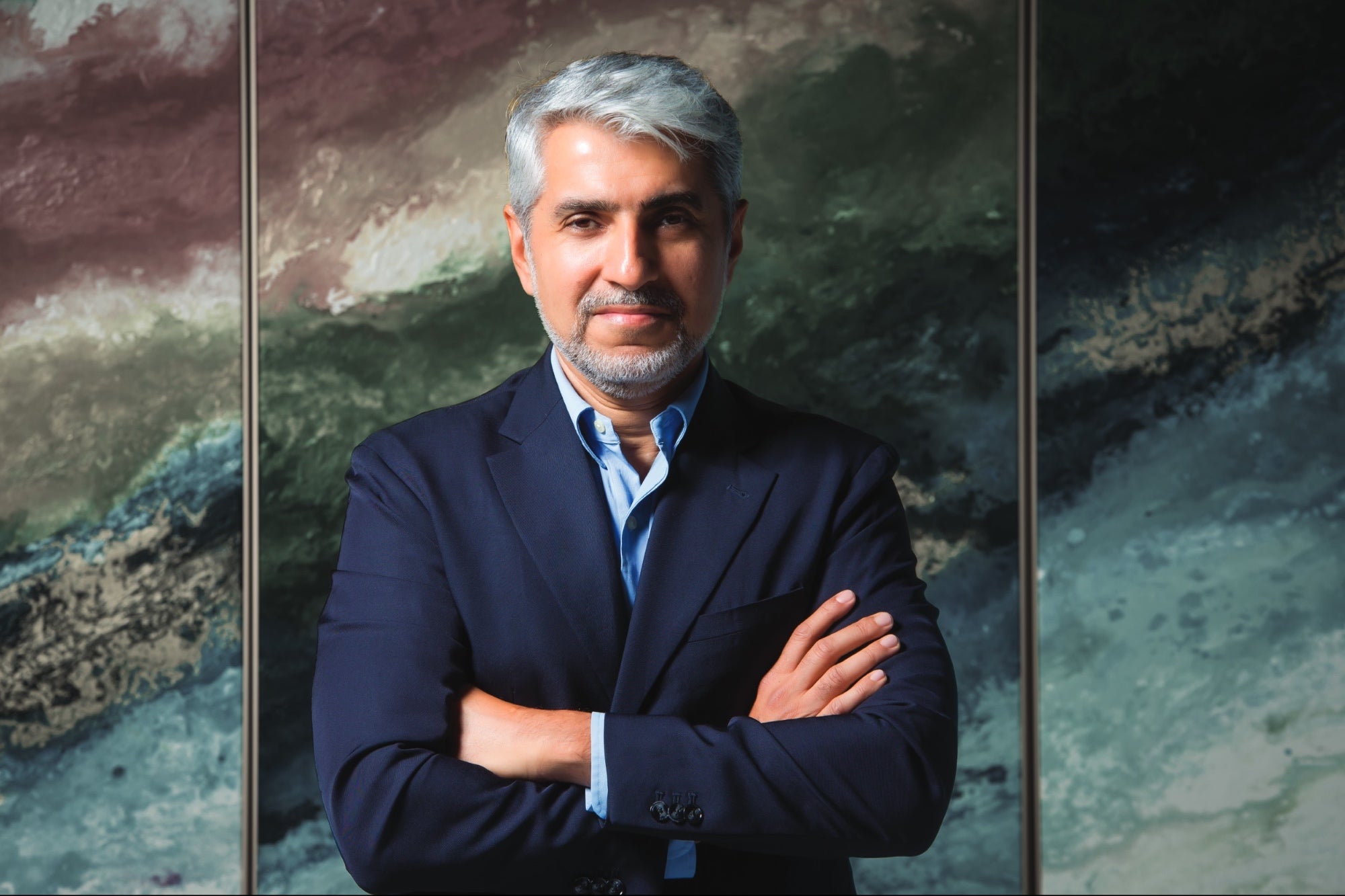The Future of Energy: Meeting Rising Demand with Sustainable Solutions The renewable energy projects coming online are still not enough to meet our global 2030 targets, or 2050 targets, for that matter. It is time for world leaders to act.
Opinions expressed by Entrepreneur contributors are their own.
You're reading Entrepreneur Middle East, an international franchise of Entrepreneur Media.

Energy, like water, is a basic human need. The ability for the world to generate affordable and accessible energy for all, is directly linked to human well-being and prosperity across the globe. And just like the world's population, our energy consumption is rising, and we can only expect it to continue to rise as we pull more people out of poverty, and as living standards across the world improve.
Furthermore, as we embrace the digital age, there is no future we can envisage today, where energy demands will decrease; nor can we imagine it stagnating or plateauing. All technological advancements we are making today require more energy, not less of it. Servers and data-rooms around the world where the cloud comfortably hosts all our digital content requires more energy to run every day, and this will only exponentially increase with the wide adoption of today's AI/ML technologies, which function 24 hours a day, 7 days a week.
Demand is not waning. Since 2000, global energy consumption has increased by about a third. The annual global energy consumption is estimated to sit somewhere beyond 580 million terajoules. If you're having a hard time quantifying that number, you're not the only one. It's about 13.87 billion tons of oil equivalent. For comparison, we consumed 4.4 billion metric tons of oil in 2022, and the world is consuming nearly 3.2X that amount of energy to keep it running today. By 2040, the world is expected to reach 740 million terajoules of energy consumption, or another 30% increase from 2018 numbers.
Therefore, the conversation has rarely been about reducing our energy footprint, so much as it has been about changing the source of energy away from finite and harmful sources, such as fossil fuels, to more renewable sources that have lower carbon footprints. The challenge with any great energy transition, especially when our appetite for energy is so high – is in managing the transition from one infrastructure to another.
Today, the world has oil and gas pipelines, storage tanks and shipping routes already in place, infrastructure that has already been built for purpose. The renewable energy transition not only requires the construction of renewable energy power generation capacity, but also all the infrastructure to connect this to the electricity grid that already exists. A big and expensive component of that is renewable energy storage solutions - or batteries. Furthermore, convincing consumers and corporations to spend capital to make the transition is a challenging sell, without concerted collaborative efforts by multiple stakeholders across all sectors.
There are positive signs that the world is finally getting beyond the nascent stages of this renewable energy transition. First, many renewable energy sources have finally become affordable and commercially viable at large scale. Though nuclear energy has become more expensive over time (per unit of energy), both solar and wind energy cost less than gas for the first time in history in 2015, and continue to decrease in cost. The cost of solar energy, in particular, has reduced 30% since 2020. At the end of 2023, the world had 3,870 GW of global renewable energy power capacity, growing capacity by 13.9% since 2022; 98% of this growth came from solar and wind energy power plants. Today, solar accounts for 37% of the world's total renewable energy capacity.
Another signal of progress in this regard, is that 86% of all new energy capacity expansions were renewable in 2023. That said, the renewable energy projects coming online are still not enough to meet our global 2030 targets, or 2050 targets, for that matter. It is time for world leaders to act. This report highlights how Dubai is trying to become the city with the lowest carbon footprint by 2050.
Also Read: New Report Shows Dubai's Commitment to a Net Zero Carbon Future by 2050 is Well on its Way
Read the full report here to learn more about the innovations and key projects driving Dubai Net Zero forward.
This article was originally published on Lucidity Insights, a partner of Entrepreneur Middle East in developing special reports on the Middle East and Africa's tech and entrepreneurial ecosystems.










